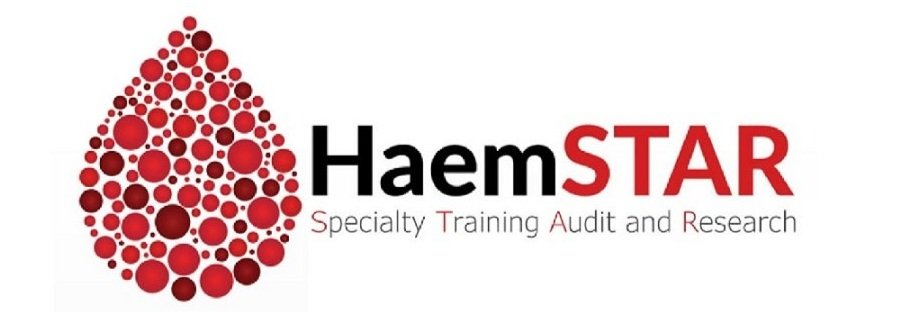British Society for Haematology ASM 2024
Thanks to the support of the ISTH Legacy Fund through HaemSTAR, I had the privilege of attending the 64th Annual Scientific Meeting of the British Society for Haematology in Liverpool.
This experience provided me with unique opportunities for professional development, networking, and knowledge exchange in the field of haematology, allowing me to engage with leading experts, researchers, and clinicians worldwide. Through interactive sessions and presentations, I gained insights into the latest advancements, including updates on clinical guidelines, emerging therapies, and challenges in haematology research and clinical practice.
One of the valuable aspects of the meeting was the opportunity to present my research findings conducted at Guy’s Hospital under the mentorship of Professor Claire Harrison and Dr Shahram Kordasti, and exchange ideas with peers and colleagues. The constructive feedback and discussions received during these sessions not only enriched my understanding of myeloproliferative neoplasms (MPNs) and associated thrombosis but also inspired new possibilities for collaboration.
During the session on top abstracts with expert perspective, one presentation particularly caught my attention - a study presented by a colleague from the University of Liverpool exploring the role of fibrinogen in the crosstalk between coagulation and innate immunity. The findings of this study encourage me to further develop my project on Neutrophil Extracellular Traps (NETs) as a key mechanism underlying thrombosis in patients with MPN.
Continuing in the same field, the lecture on cancer-associated thrombosis presented by Professor Ingrid Pabinger-Fasching was not only brilliant but also exceptionally insightful. Her presentation provided a comprehensive overview of the intricate relationship between cancer and thrombosis and offered valuable insights into potential strategies for prevention and management. Her lecture was inspiring, motivating me to delve deeper into this fascinating area of research. Additionally, Professor Raza Alikhan presented the new BSH Guideline on cancer-associated venous thrombosis in adults.
Lastly, the interactive morphology session, including nine different cases, was highly enjoyable. The enthusiasm was palpable from the number of attendees.
I am grateful to HaemSTAR for the opportunity to have been part of the meeting and look forward to applying the knowledge and insights gained to contribute further to the field of myeloproliferative neoplasms-associated thrombosis.

